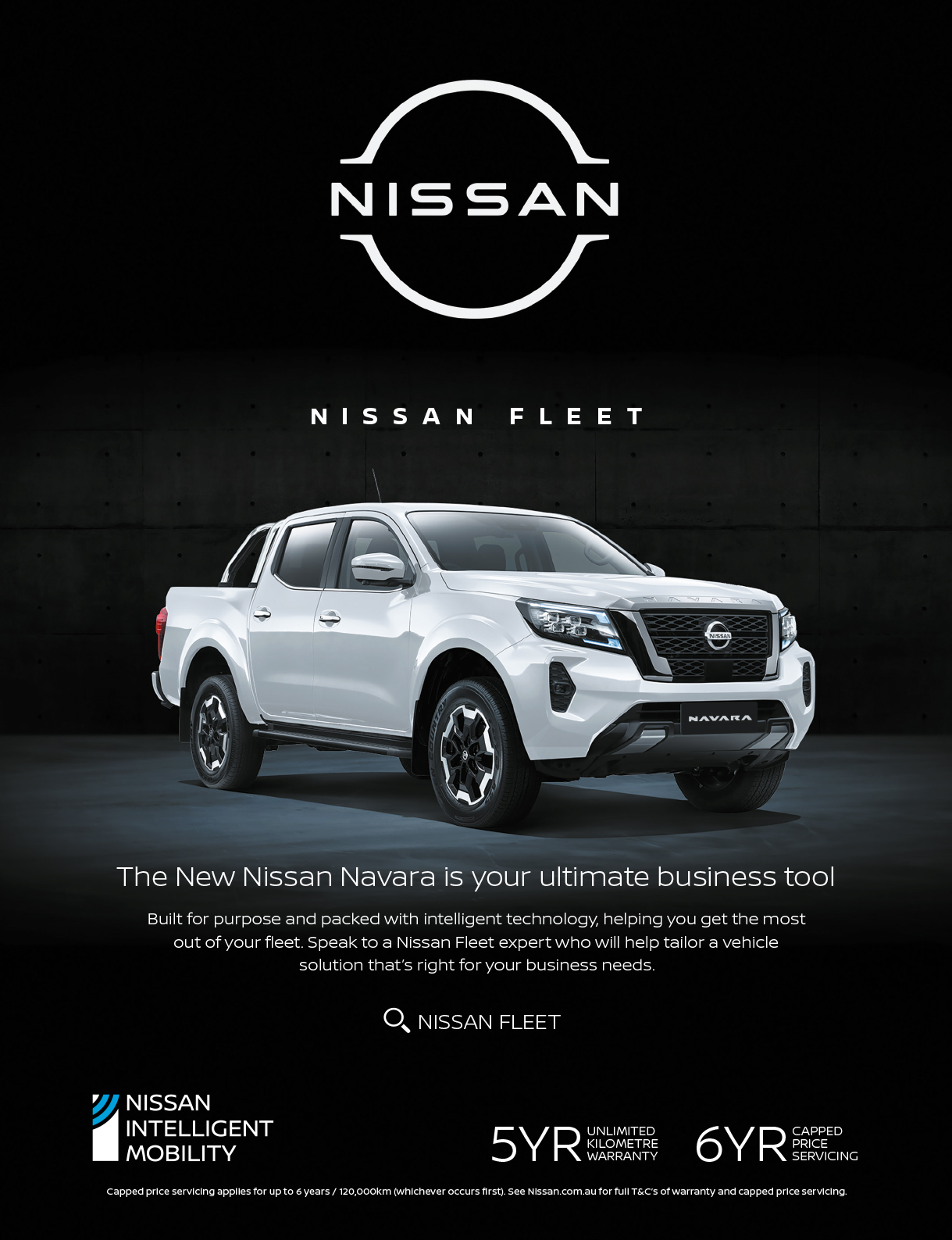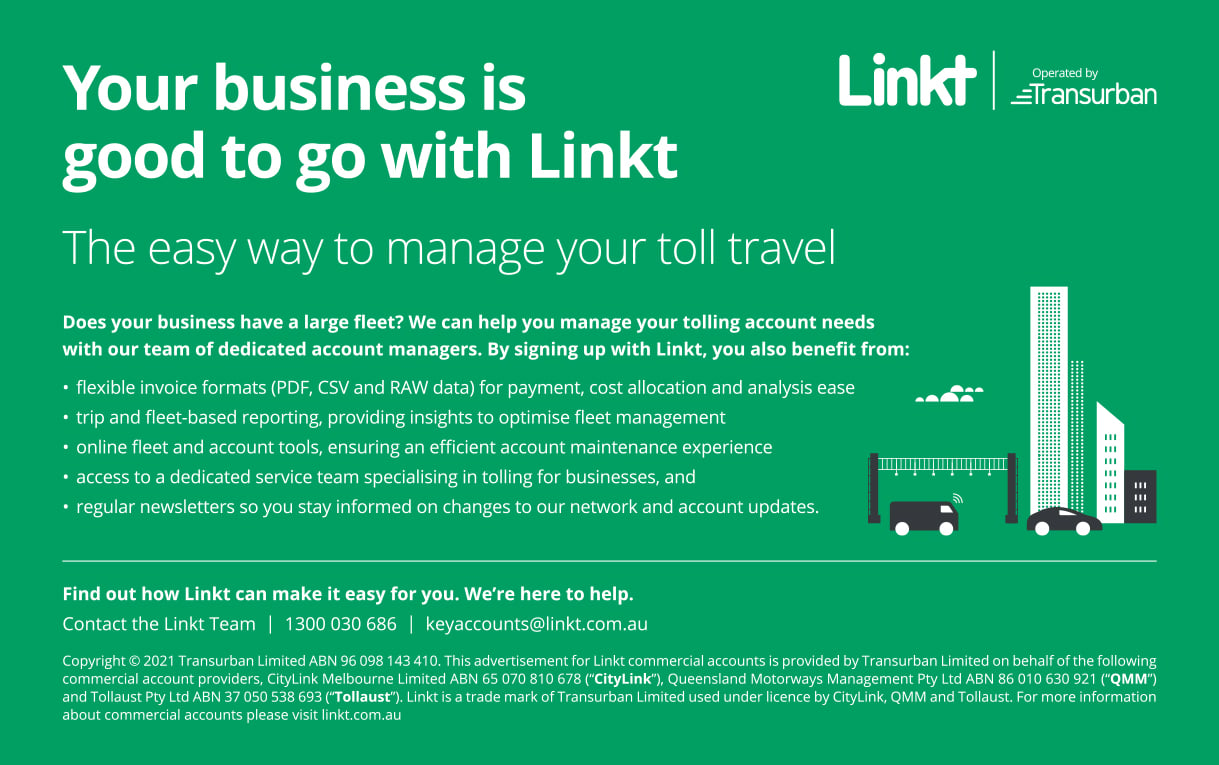With the future of Australian mobility moving away from fossil fuel use, SG Fleet is positioning itself to be at the forefront of this brave new world. It is an evolution that CEO Robbie Blau has been preparing for since he first moved to Sydney from South Africa to take the company’s reins 15 years ago, putting in place an in-house innovation team and making some serious investments in technology.

In June, both the Victorian and New South Wales governments unveiled electric vehicle strategies. Victoria committed to ensuring that half of all light-vehicle sales would be zero-emission vehicles by 2030. NSW unveiled a similar plan, promising to increase EV sales to 52 per cent by 2030–31 to help the state achieve net-zero emissions by 2050. Both schemes included incentives for drivers and major investment to ensure widespread, world-class EV charging coverage.
Robbie believes these are “encouraging steps forward” but adds that they are well overdue, with Australia lagging behind its global counterparts in terms of EV adoption. However, with both private and public stakeholders now working together, he is starting to get excited. “There is more work to be done, but it’s certainly a start, and we need to start somewhere,” he points out.
With regards to SG Fleet’s own adoption of EVs, Robbie stresses that the key lies in consulting with its clients because “it’s not one size fits all”. “You don’t replace 5,000 ICE vehicles with 5,000 electric vehicles,” he says. “That won’t work because if you’re out in rural NSW, you aren’t going to be able to get them charged properly at this stage. But if you’re a city driver, there’s absolutely a case for it.”
That is why SG Fleet has launched its eStart Zero Emission Vehicle Transition solution to help its customers plan, budget and implement a shift to a zero-emission vehicle fleet. The end-to-end solution includes assessment of each company’s goals, site inspections, a vehicle-by-vehicle review, infrastructure upgrades and the installation of charging points. It is already working with some very large corporates on this front.
In addition, the company is also the exclusive mobility solutions provider in the pioneering Realising Electric Vehicle-to-grid Services (REVS) project, which aims to demonstrate how EVs and chargers can contribute to energy stability by transferring power back and forth into the grid as required, creating economic benefits for fleet operators. The project, which received funding from the Australian Renewable Energy Agency, is currently using 51 Nissan Leaf EVs from the ACT government and ActewAGL fleets. SG Fleet is also the first in Australia to register a fleet of hydrogen-powered Hyundai NEXOs.
Beyond the adoption of these zero-emission vehicles, SG Fleet is spearheading innovation in other areas. For example, its game-changing Bookingintelligence platform enables the online management of pools of resources. “Our customers can have shared vehicles that are used across the business, and we provide them the technology for that sharing and seamlessly charge their customers to make sure those vehicles are left in the right condition and properly fuelled,” Robbie explains. “So essentially, we are the biggest car-sharing and subscription business in the country. We provide those assets in-house to our own customers rather than across the board at this stage. But that is certain to change.”
“We are the biggest car-sharing and subscription business in the country.”
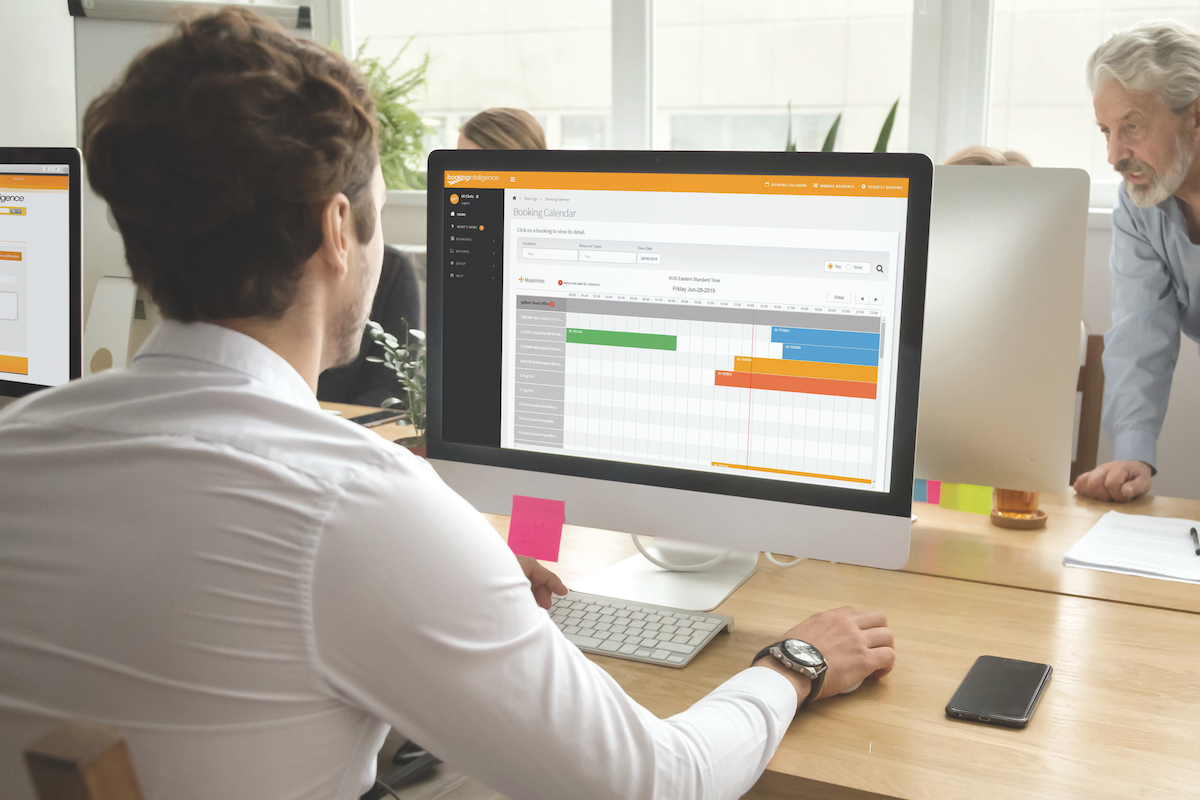
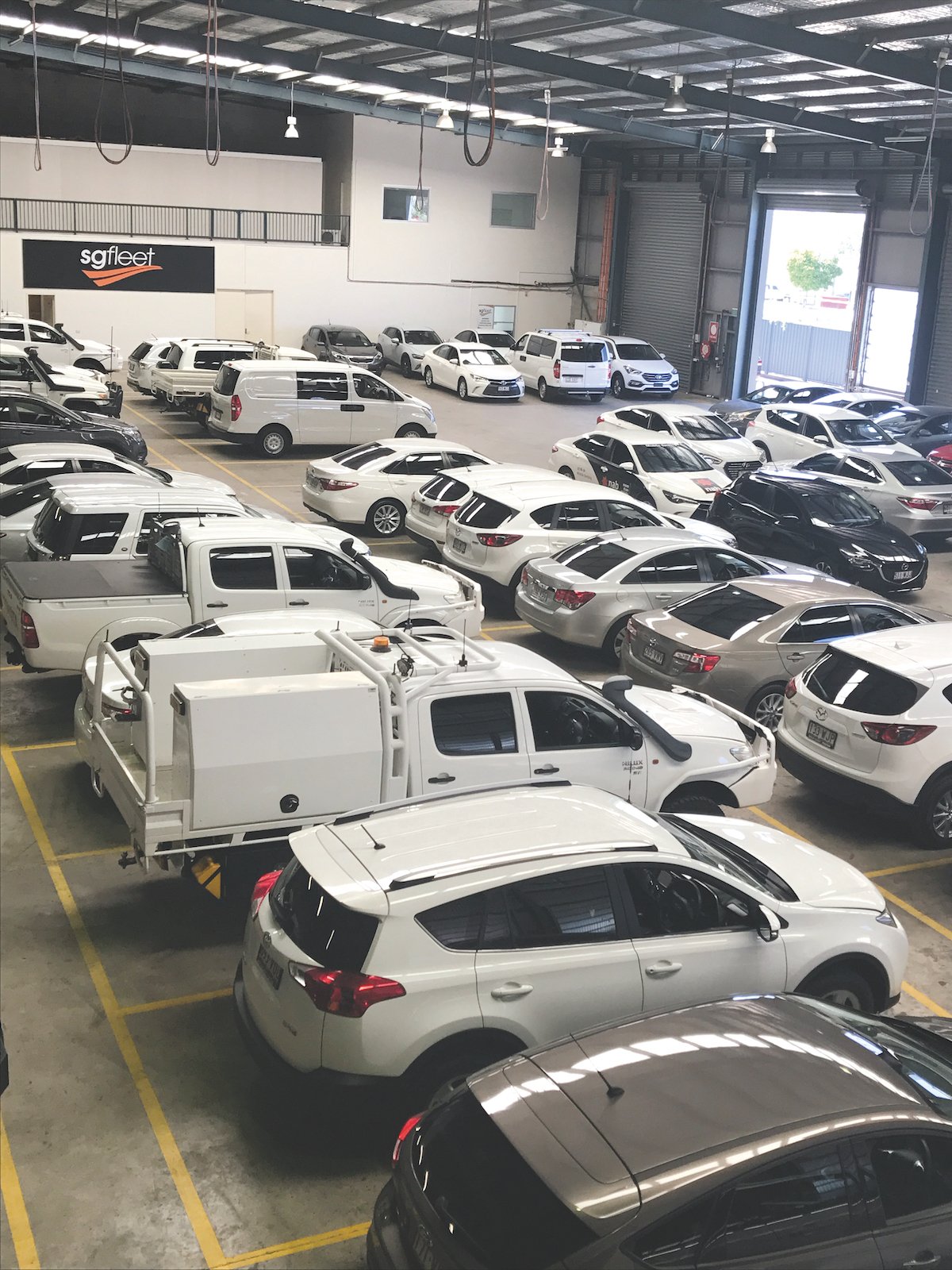
The fleet-sharing system has already seen considerable growth. “Six or seven years ago, we were struggling to do 10,000 transactions a year on that system,” he recalls. “We will do two million transactions on that system this year, so I guess that perfectly illustrates our journey with our customers. Initially, we were bringing the technology conversation to our customers. Now, customers are requesting to have that conversation.”
It is a noticeable and necessary shift, according to Robbie. “When I started in this industry, fleet management was a bit vanilla and often a spreadsheet-based sort of process,” he reflects. “Today, it’s a highly complex and sophisticated technology platform that we provide our customers.”
Rather than simply jumping on a trend, Robbie reveals SG Fleet has been investing in innovation since he came on board when it was “just another financial services product”. Some creative thinking was required to differentiate the company offering from banks and other rivals to the extent that now financing is just a part of what it’s all about. “The fact that we weren’t a bank always meant that we had to innovate to be in the race,” he says.
However, the past five years have seen SG Fleet ramp up its investments in data management and technology, including the creation of a dedicated in-house innovation team, which helps the company to drive industry trends.
“It’s an unusual thing for a business of this size to have,” Robbie shares proudly. “It’s a dedicated team looking at developing product, partnering with innovative solution providers in our industry and really remaining at the very cutting edge of our industry from a global perspective, not just an Australian perspective.”
Although the past year has been dominated by COVID-19, this has not dampened Robbie’s determination to keep driving both the company and the industry forward.
“I’m always going to give you the glass-half-full side of the story; that’s my nature,” he laughs. “We look for opportunities and ways to better service our customers in every situation.”
Although Robbie admits the company was affected in the early days, it was quick to turn things around. “There was much uncertainty and the order book slowed down dramatically. We couldn’t deliver vehicles and we stopped selling second-hand vehicles because it was a full lockdown,” he remembers. “But that lasted maybe six or eight weeks, and as we came out of that, we saw an opportunity to look after our customers and do the right thing by them in an uncertain environment.”

This included the restructure of leases for its customers in the travel and hospitality industries to give them payment breaks in those uncertain early days. “As things played out, what we really saw was that people wanted to have single-occupancy vehicles,” he reveals. “Demand for second-hand vehicles grew exponentially and as we had lots of second-hand stock coming in, we could cater to those customers.”
Ecommerce transport solutions and mini-leases that better suit these unpredictable times have also been areas of growth. Robbie is convinced this trend will continue for some time.
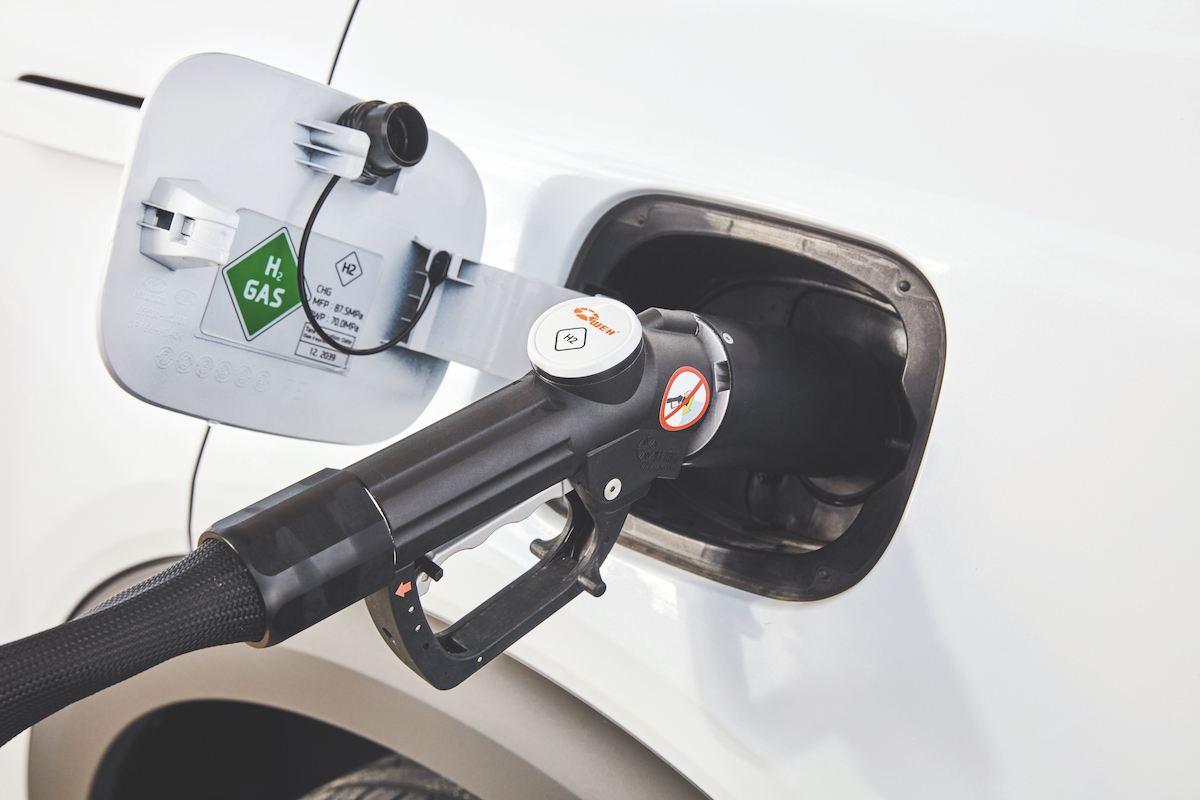
Indeed, one year after the pandemic began, SG Fleet confirmed its confidence in the outlook by announcing its intention to acquire the Australian and New Zealand businesses of LeasePlan. The acquisition creates a A$2.5 billion company with a combined 250,000 vehicles under management and 1,200 staff members. “It’s a great opportunity for us,” he confirms. “Our businesses are highly complementary in terms of business activity, customer profile and service culture.”
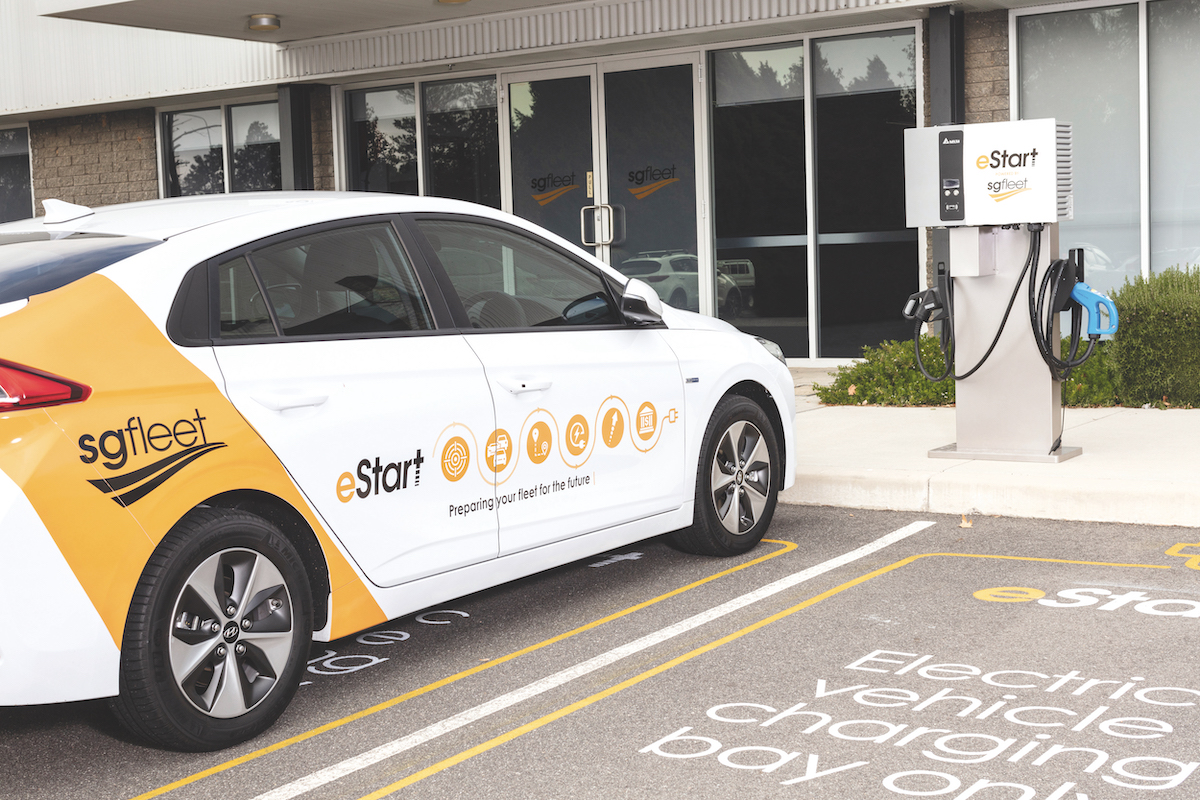
Robbie admits his team certainly has its work cut out over the next few years as it integrates the newly acquired business and forges ahead with SG Fleet’s ambitious innovation agenda. But he’s far from daunted. “I feel like the change and the innovation we’re seeing in the industry moving from pure fleet management to mobility-as-a-service is really exciting,” he says. “It’s a challenge that I get up for and enjoy every single day, and something that I am looking forward to seeing play out over the coming years.”
Proudly supported by:
